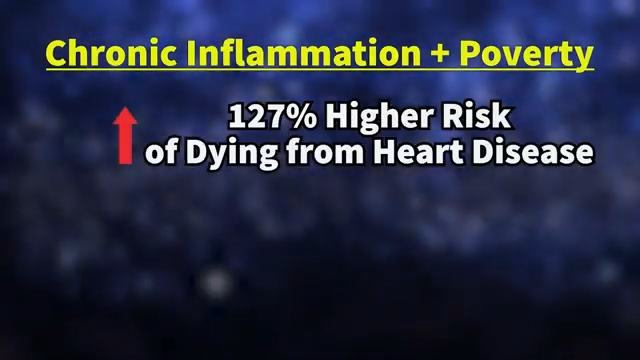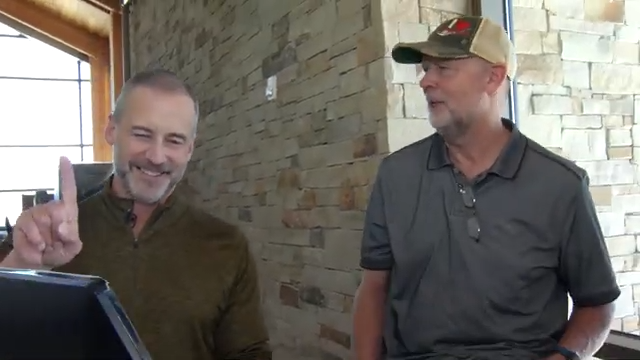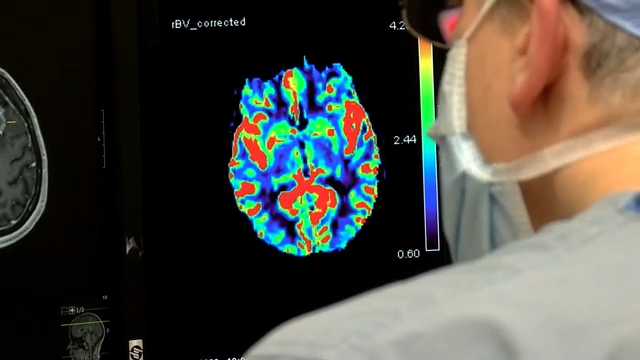PITTSBURGH, Pa. (Ivanhoe Newswire) – One in five people on the waiting list for a donor liver will die before an organ becomes available. Now, over the past two years the number of people undergoing living liver transplantation in the U.S. has risen from 300 in 2017 to over 400 last year.
Thirty-seven-year old Wayne Livingston hated pancakes until six months ago. Now he can’t get enough of them. Fitness and pancakes are two things Livingston has in common with 49-year old Rina Kader. The third? A piece of Kader is now inside Livingston. Livingston had a life-threatening liver condition, hiding his yellowing eyes behind dark glasses. He needed a transplant but couldn’t even get on the donor list because of insurance restrictions. Despite growing fatigue last year, Livingston continued his landscaping job.
“I was at Rina’s and was letting her know I might not be able to cut your grass in the fall. She said, ‘why, what’s wrong?’ I said I have to have a liver transplant, and I don’t know what that’s going to look like,” said Livingston.
In that instant, Kader made a decision to help a man she barely knew.
“The need was there. And I felt I could fill it,” said Kader.
Nationwide, five percent of all liver donations are from a live donor. At UPMC in Pittsburgh, it’s 55 percent.
With living liver donation, surgeons need just a portion since it has the unique ability to grow back.
Abhi Humar, MD, Chief of Transplant Surgery at UPMC said, “So within eight to ten weeks the liver will regenerate back to full size.”
On October 22nd, both Kader and Livingston entered the hospital. Kader’s surgery started first, followed by Livingston’s. Both were successful.
“All these beautiful wonderful things in life have to start somewhere with one person saying yes,” Kader shared.
One person’s leap-of-faith, becoming another’s second chance.
“My angel happened to be someone I was cutting grass for. Who knew?” Livingston told Ivanhoe.
Livingston’s wife Tasha was willing to donate a portion of her liver to him, but as his primary caretaker after the surgery, doctors would not consider her. None of his family members were a match. Livingston says after everything they’ve been through, he and Tasha consider Kader a sister, not just a friend or donor.
Contributors to this news report include: Cyndy McGrath, Supervising and Field Producer; Hayley Hudson, Assistant Producer; Roque Correa, Editor; Kirk Manson, Videographer.
Free weekly e-mail on Medical Breakthroughs from Ivanhoe. To sign up: http://www.ivanhoe.com/ftk
MEDICAL BREAKTHROUGHS
RESEARCH SUMMARY
TOPIC: LIVING LIVER DONATION: LIFE-SAVING MOVE ON THE RISE?
REPORT: MB #4557
BACKGROUND: There are a variety of conditions that may lead to the need for a liver transplant. The conditions include acute liver failure, alpha-1-antitrypsin deficiency, Cholangiocarcinoma, Cirrhosis, Hepatocellular carcinoma, primary biliary cirrhosis (PBC), primary sclerosing cholangitis, and Wilson’s disease, which is an inherited disorder that causes too much copper to accumulate in the liver, brain and other organs.
LIVING-DONOR TRANSPLANT: Living-donor transplantation involves the removal of a portion of the donor’s healthy liver for transplantation into a recipient in need. A family member or someone emotionally close to the recipient may volunteer to donate a portion of their healthy liver. This procedure is made possible by the liver’s unique ability to regenerate. After transplantation, the partial livers of both the donor and recipient will grow and remodel to form complete organs. Living donor liver transplantation has two major advantages over deceased-donor transplantation. First, there is an improved survival rate for the adult transplant recipients who received living-donor livers over deceased-donor livers. Secondly, the wait for transplantation can be greatly reduced.
(Source: http://columbiasurgery.org/liver/living-donor-liver-transplantation-faqs)
LIVER REGENERATION: Liver regeneration after partial hepatectomy is a very complex and well-orchestrated phenomenon. It is carried out by the participation of all mature liver cell types. The process is associated with signaling cascades involving growth factors, cytokines, matrix remodeling, and several feedbacks of stimulation and inhibition of growth-related signals. Liver manages to restore any lost mass and adjust its size to that of the organism, while at the same time providing full support for body homeostasis during the entire regenerative process. In situations when hepatocytes or biliary cells are blocked from regeneration, these cell types can function as facultative stem cells for each other. Despite multiple studies of liver regeneration, many aspects of this phenomenon remain to be further understood. Many recent studies are focusing on the signaling pathways that allow hepatocytes to maintain most of their homeostatic functions and proliferate at the same time. This aspect of liver regeneration, as well as the events of the very beginning and the (well regulated) end of regeneration can be better studied, now that a solid framework of growth factors, cytokines and cellular events regulating regeneration has been laid out.
(Source: https://www.ncbi.nlm.nih.gov/pmc/articles/PMC2701258/)
FOR MORE INFORMATION ON THIS REPORT, PLEASE CONTACT:
Lawerence Synette, PR UPMC
412-302-4127
If this story or any other Ivanhoe story has impacted your life or prompted you or someone you know to seek or change treatments, please let us know by contacting Marjorie Bekaert Thomas at mthomas@ivanhoe.com




